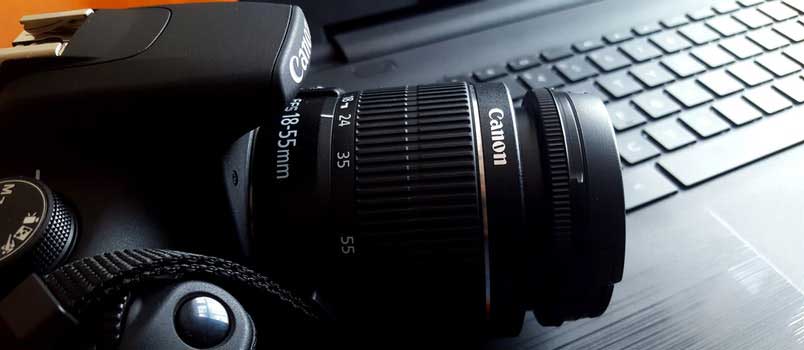A quick scan of the newsfeed facility on your Facebook account will illustrate one of the biggest trends of the last 12 months. We are of course talking about the increase of faux vintage photography, namely the rise of the Hipstamatic camera. The Hipstamatic is a popular iPhone and iPad app which, along with the Instagram, allows the user to shoot retro photographs that appear to have been taken using technically obsolete analog cameras, such as Lomography and Polaroid. With their distinctive square shape, blurring and fading, these hard-to-miss images mark a significant shift in photographic trends, with users favouring the slightly flawed results these cameras achieve over the more glossy results of modern-day digital technology. An airbrushing backlash or a harking back to a more authentic era? Here we take a look at a few of the reasons behind this development.
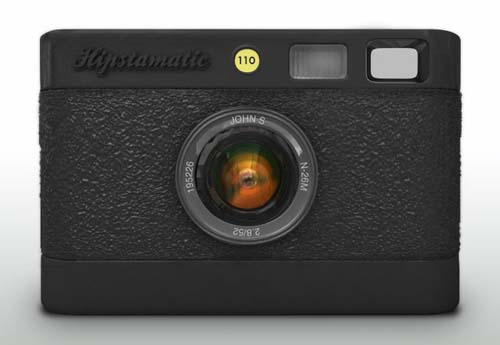
One possible reason for the sudden upsurge in popularity of the Hipstamatic is the relatively high picture quality of the cameras found on most modern day Smartphones. While they may be last word in convenience, allowing users to take spontaneous shots on the go, the results achieved can sometimes appear lifeless and flat. By applying a filter or changing lens at the click of a button, users can automatically age their shots, adding interest and personality to snaps as can be seen in this retro example.

Our hunger for nostalgia and the bygone simplicity of childhood could also be cited as another reason for this popularity. Take for example these enigmatic shots, which combine the feel-good factor of ‘The Wonder Years’ with the sun glare of long summer holidays. Even the most mundane or urban of landscape shots can convey touching memories and emotion without employing the services of a professional photographer.

As previously mentioned, we are bombarded by today’s media with images that convey little truth or authenticity. Air brushing, retouching and Photoshop make it much harder to trust any photograph we see as true to life, whether it’s of a smiling celebrity or a holiday destination. Faux vintage photography harks back to a time when image manipulation was much harder to achieve, adding a sense of realism and substance – as this example beautifully demonstrates.
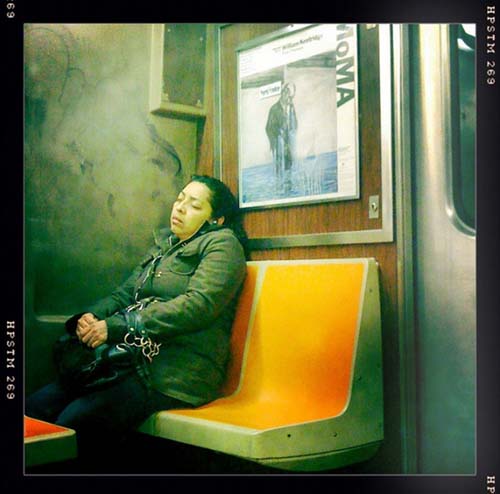
Consider recent advertising campaign for brands such as McDonalds, John Lewis and Stella Artois. These can be considered to similarly reflect the trust and security that is evoked through the use of nostalgia and vintage creativity; establishing them as brands with heritage, compassion and honesty.
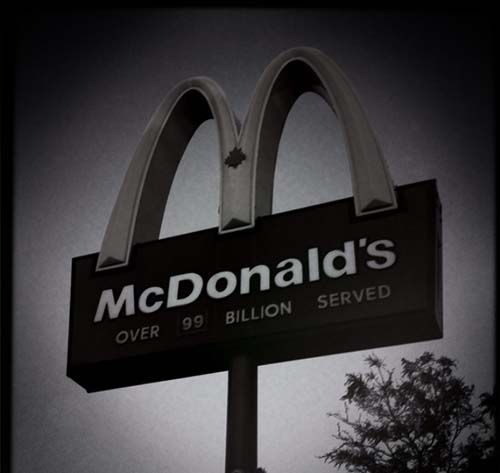
Furthermore, the instant and disposable culture we inhabit today has created a yearning to move away from the virtual to the tangible. The rise of the Hipstamatic camera can be viewed as a parallel to our continued interest in vinyl as opposed toMP3 files, reading books instead of scrolling through Kindles and enjoying actual photographs as opposed to viewing albums online. The paradox is that this style of photography is every bit as ephemeral as shots taken with a traditional camera, only with the added illusion of physically existence.

For millions of people one of the primary, if unconscious, appeals of Facebook is the way in which it allows users to create a living document of their life which can be revisited, in a similar way in which people would keep journals and diaries in the pre-digital age. In many ways it offers an opportunity to live a life in public, much like a celebrity. The popularity of faux vintage photography can be seen in direct correlation to this feature; building a nostalgia for the present and imbuing their profile with a sense of gravitas.


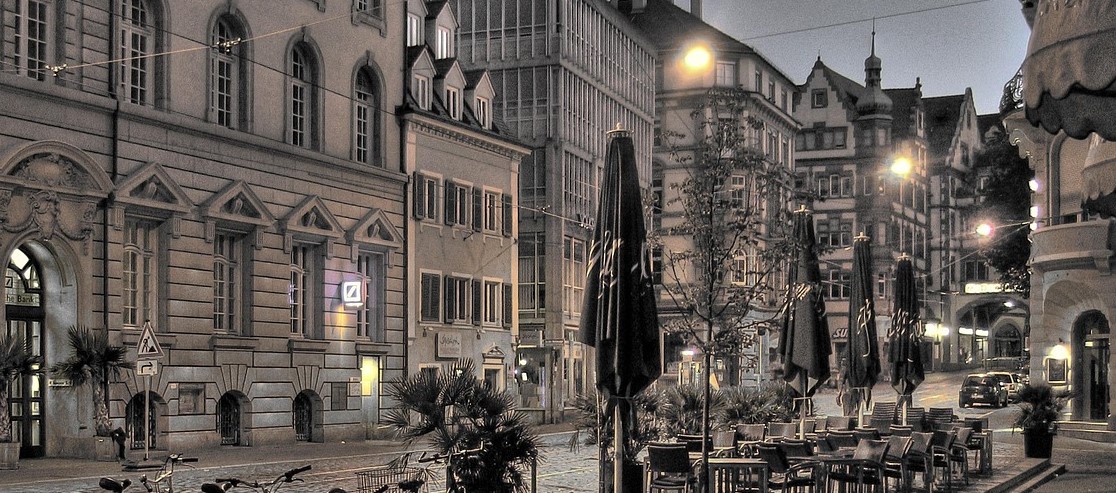







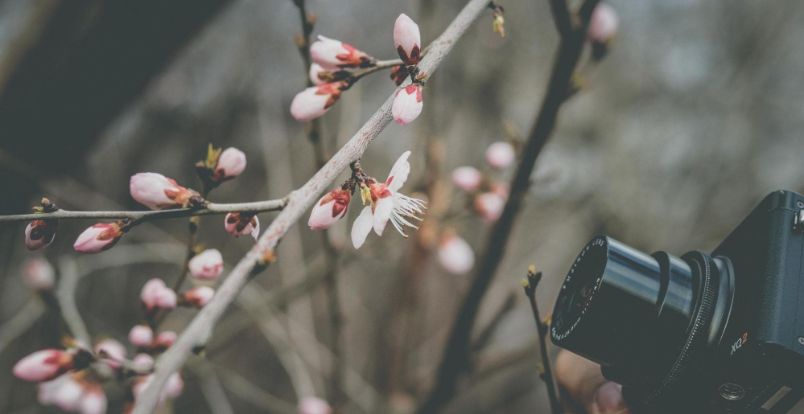





![How To Start A Photography Business [2022 Beginner’s Guide]](https://designbeep.com/wp-content/uploads/2021/03/image4.jpg)








